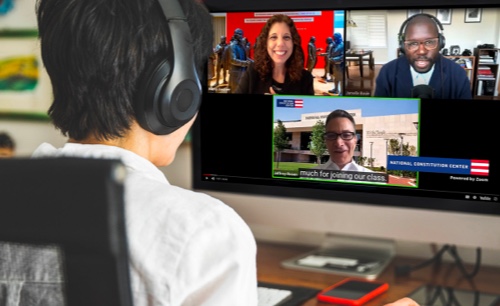Summary
In the 2000 presidential election, counting machines in Florida rejected numerous ballots for various reasons. An automatic recount resulted in a victory for George W. Bush, but by a narrower margin, and candidate Al Gore requested manual recounts. The rules governing manual recounts, specifically those for assessing ballots to determine voter intent, were not sufficiently uniform across the state of Florida. The Court held in a per curiam opinion that the Equal Protection Clause requires uniformity in these rules to fulfill each citizen’s right to vote, but that there was no time left to push a constitutional recount through. This opinion did not establish broad precedent, although it did mean that then-candidate Bush held onto his Florida victory and the Presidency of the United States.






